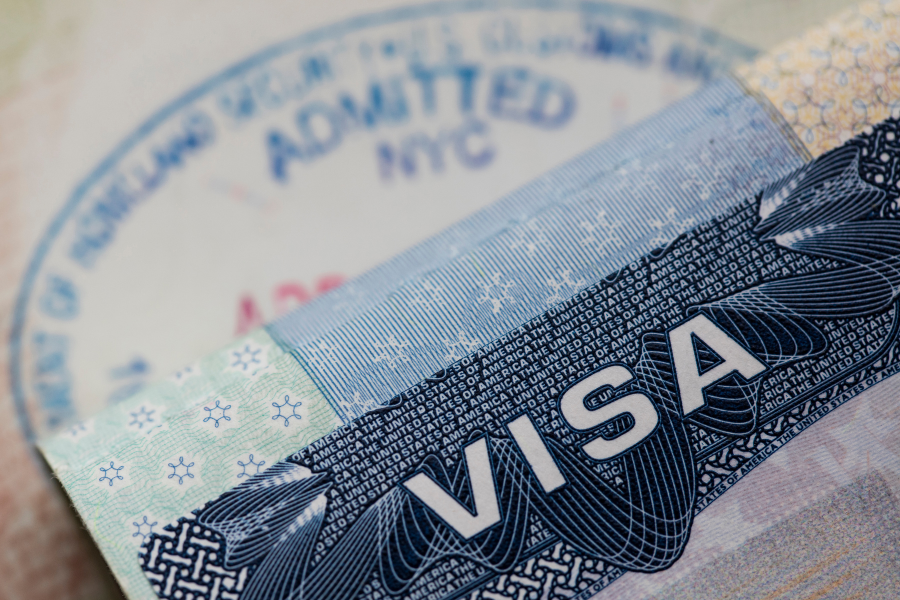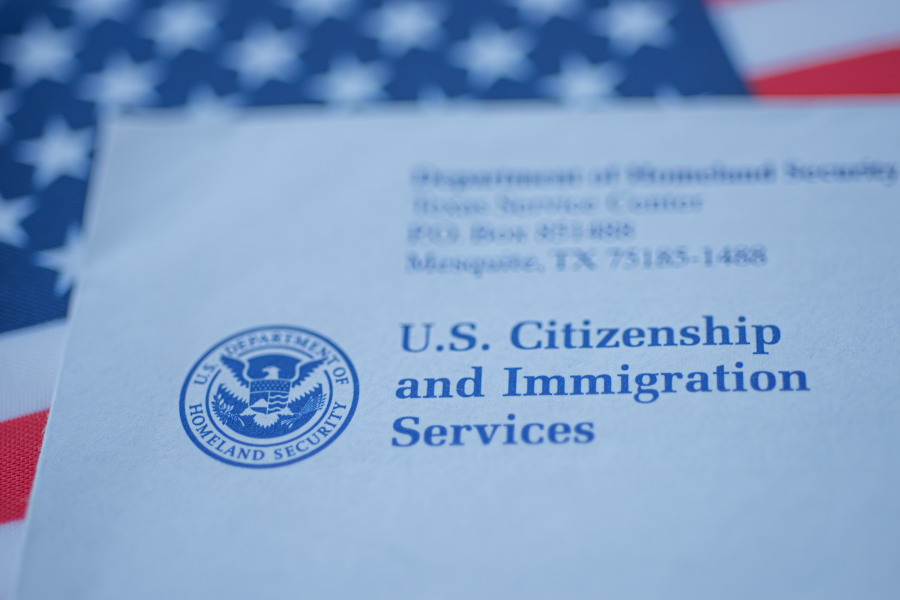Reviving efforts initiated last year, Immigration and Customs Enforcement (“ICE”) has once again stated its intent to eliminate the use of “Duration of Status” for certain nonimmigrant visa holders – and, in particular, F-1 Students and J-1 Visitors.
Under the current regime, F-1/J-1 Visa holders are admitted for “Duration of Status” instead of receiving a hard expiration by which they must depart the United States. Please see below for sample I-94s for individuals admitted for “Duration of Status,” or “D/S,” and those given specific deadlines.

.jpg?sfvrsn=4f676810_0&MaxWidth=350&MaxHeight=350&ScaleUp=false&Quality=High&Method=ResizeFitToAreaArguments&Signature=60763F388060C56D9E697F1935CAFF39)
Therefore, these visa holders are permitted to remain in the United States so long as they are enrolled or participating in a valid program under the specific classification, as evidenced by the Form I-20 (F-1) or DS-2019 (J-1) listing their program start/end dates. For example, a high school student admitted in F-1 for “Duration of Status” could theoretically remain in the United States as she completes her undergraduate studies, pursues a Master’s Degree, and ultimately earns a PhD, simply by obtaining new Forms I-20 and without ever having to leave the United States. At the conclusion of these programs, F-1 Students then receive a 60-day grace period by which they must leave the United States; J-1 Visitors’ grace period is 30 days.
Earlier this year USCIS attempted to implement the change proposed by ICE through new policy guidance, but an injunction issued earlier this year blocked those guidelines from going into effect. Under the present law (which has been in effect for decades) F-1 Students and J-1 Visitors do not begin to accrue unlawful presence until the government has formally advised them that they are out of status, usually by means of denying a benefit by virtue of a status violation, including but not limited to being out of status. Accordingly, “Duration of Status” affords a level of flexibility to students and visitors whose lives may more be subject to change. ICE’s proposed rule would shatter this regime, creating hard dates by which F-1 Students or J-1 Visitors must leave the country or file a Form I-539 Application to extend their F-1/J-1 status, without overstaying their I-94s and, by extension, accruing unlawful presence.
Details surrounding the rule and its mechanics are sparse, meaning it is unclear exactly how it will be implemented. For example, will the 30/60 day grace periods for J-1/F-1 holders remain in place? Will the firm expiration dates also be issued for M and I Visa holders? How will the expiration dates apply to students who have received Optional Practical Training (“OPT”)– will they need to file Forms I-539 to extend their F-1 status along with the Forms I-765 requesting their OPT Employment Authorization Documents (“EAD”)? What about for STEM OPT EADs? And the H-1B Cap Gap? Again, these and other questions are impossible to answer right now. However, as ICE states that it intends to publish the Rule in February 2020, we may learn more in the coming months.
In the meantime, if you are interested in studying in the United States or have any questions about your presently held F-1 or J-1 status, please do not hesitate to reach out to our Firm.




